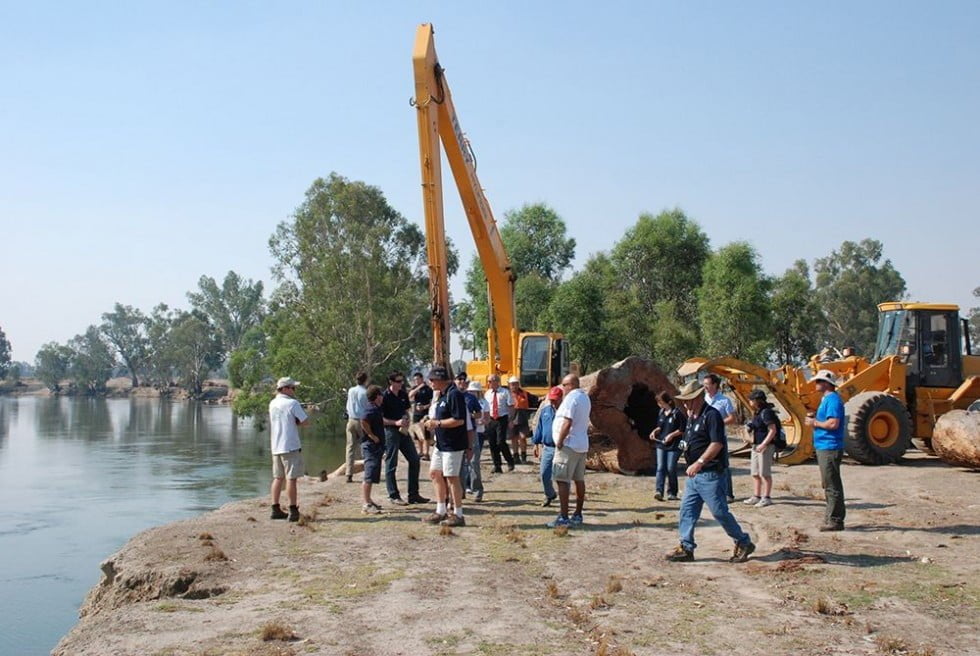While each jurisdiction within the MDB varies in how Natural Resource Management (NRM) is implemented, there are key organisations such as Catchment Management Authorities (CMAs) and NRM groups that provide the link between the community, industry and various levels of government. These CMAs or NRM groups generally include local representatives on boards and implement regional plans. These plans, which align with other government planning processes, incorporate environmental targets including in relation to water and biodiversity management. Since these organisations implement a diverse range of programs and projects related to the aquatic environment, the NFS recognised their importance as key partners.
CMAs and NRM groups were involved in all aspects of the NFS. Importantly, the Community Stakeholder Taskforce included a CMA representative who became a strong advocate of the NFS, providing valuable insights on the needs of CMAs and how linkages could be maximised. Wayne Tennant, from the Goulburn-Broken CMA, consistently used his extensive experience in effective engagement between stakeholders and the community to support the NFS.
For Demonstration Reaches, these organisations were involved in all stages of their implementation, including initial identification of sites, participating in steering committees, identifying and liaising with a variety of local stakeholders, implementing onground works, promotion and communication activities. Funding for Demonstration Reach implementation was often directed through CMAs.
These organisations were also involved in many NFS research projects, as members of steering committees, and providing detailed local advice. NFS researchers recognised the need to connect strongly with CMAs and NRM groups, to understand how to both design and implement projects which would specifically inform and influence their programs and onground management. There was a need to understand what information these staff required, in what form and level of detail, to support their management programs.
CMAs and NRM groups are funded through state and federal governments to implement a variety of river health and rehabilitation programs. Through the strong connections made between NFS coordinators and researchers and the staff within these organisations, there was a growing awareness of the aims of the NFS and how these could align clearly with regional and state plans. The NFS was able to influence other projects to maximise native fish outcomes. This was a significant achievement of the many individuals who developed successful relationships and shared knowledge.
NFS coordinators also regularly operated as knowledge brokers, being sought out by CMA and NRM staff regarding a broad range of fish related issues. They were often seen as the first contact point from which they could connect people. NFS coordinators also often participated in NRM and CMA events, giving talks and providing educational resources. In turn, NRM and CMA staff also contributed to NFS events such as Native Fish Awareness weeks, and some staff would attend NFS forums.

It was apparent that while very strong relationships were formed between staff of the NFS and these organisations, there were limitations on the ability to engage effectively and consistently across all regions. Given that most states only had one NFS coordinator whose roles encompassed many duties, it was difficult for them to cover the large distances regularly within available time. Other issues such as staff changes within CMAs and NRM bodies also meant that ongoing and concerted effort was required to both maintain and establish connections.
CMAs and NRM groups are continuing to implement the NFS principles and outcomes including onground works, community engagement and Demonstration Reaches where funding permits. This is an ongoing legacy of the NFS.
